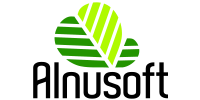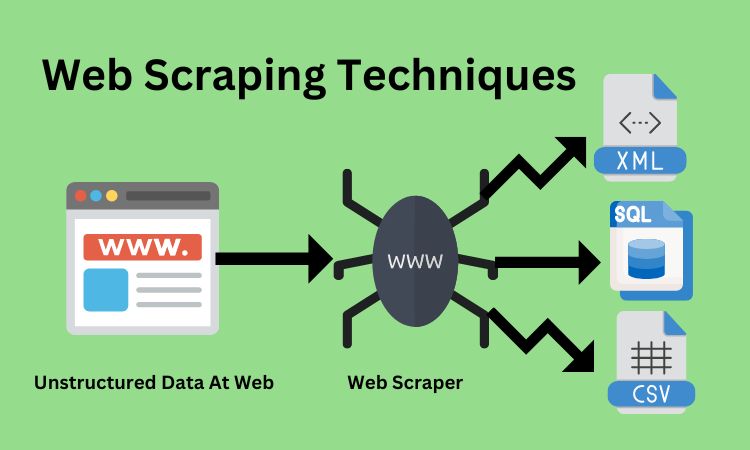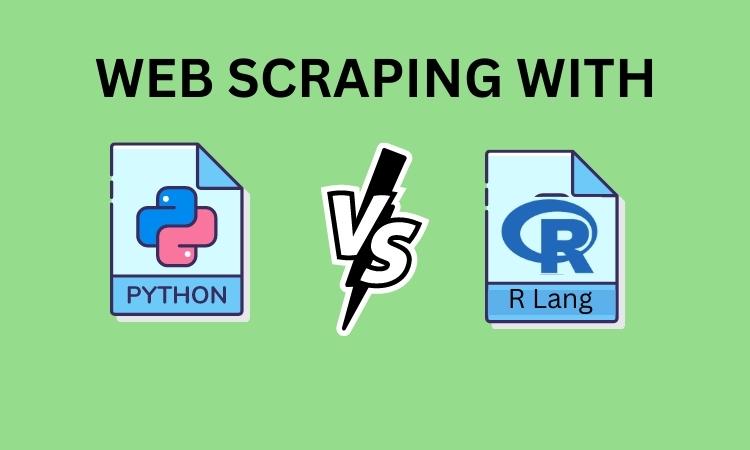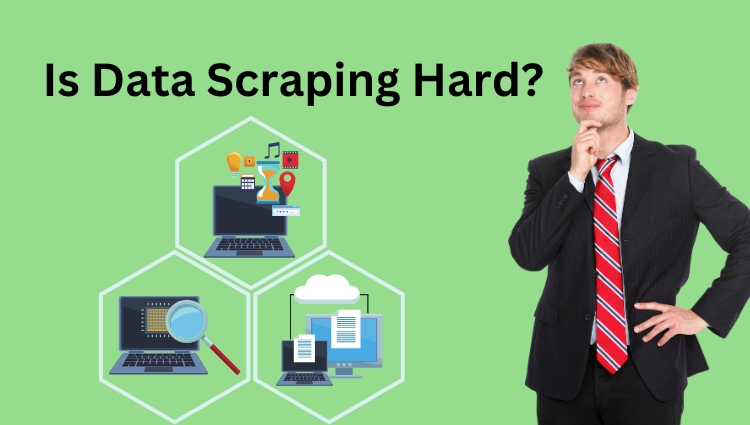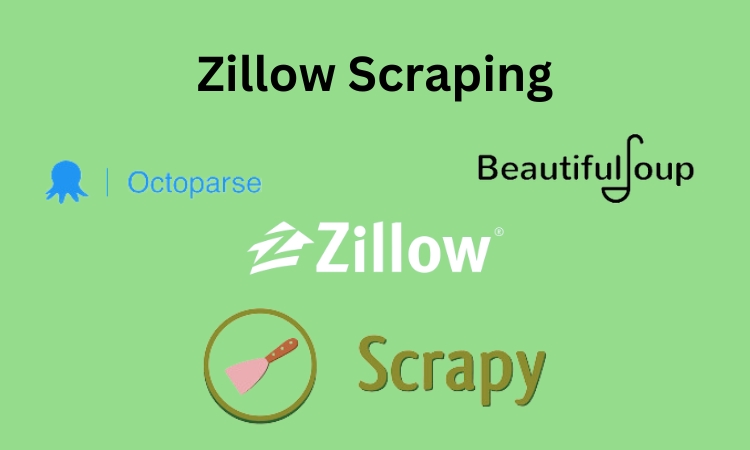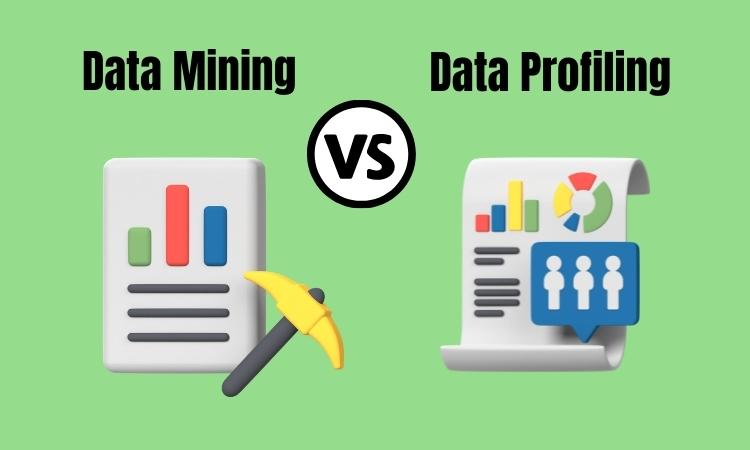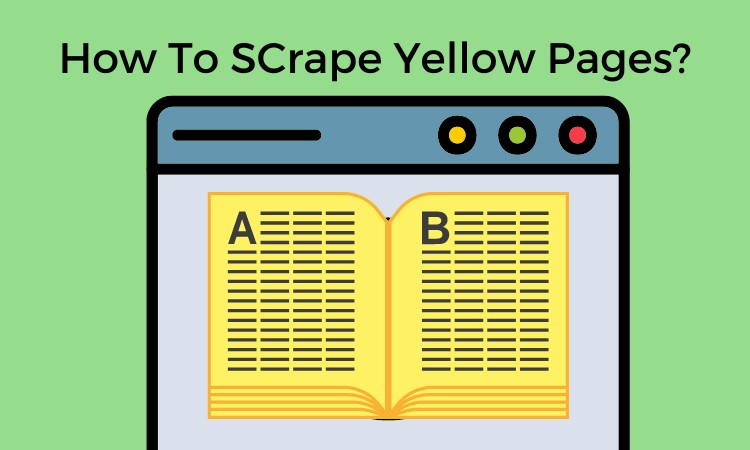How to Scrape Poshmark Data: A Comprehensive Guide
In this comprehensive guide, we will explore the step-by-step process of how to Scrape Poshmark data and shed light on the legal and ethical considerations surrounding web scraping.
In the digital age of e-commerce, Poshmark stands out as a thriving platform for fashion enthusiasts to buy and sell their favorite clothing and accessories. Beneath its vibrant community and a plethora of products lies a wealth of valuable data waiting to be discovered.
Web scraping is a powerful technique that can unearth this treasure trove of information, providing individuals and businesses with valuable insights for market research, competitor analysis, and pricing optimization.
In this comprehensive guide, we will explore the step-by-step process of how to Scrape Poshmark data and shed light on the legal and ethical considerations surrounding web scraping. So, let’s embark on an exciting journey to unleash the potential of Poshmark data!
What is Web Scraping?
Web scraping is the process of automatically extracting data from websites. It involves using automated tools or scripts to access and gather specific information from web pages. Web scraping enables users to collect and analyze vast amounts of data quickly and efficiently, making it an invaluable technique for market research, competitive analysis, and business intelligence.
Why Scrape Poshmark Data?
Poshmark, with its extensive user base and diverse product listings, offers valuable data that can be harnessed to gain a competitive edge and make informed business decisions. By scraping Poshmark data, you can:
A-Identify Market Trends: Analyzing data on popular products, brands, and styles can help you stay ahead of fashion trends and adjust your offerings accordingly.
B-Monitor Competitor Performance: Scraping competitor data allows you to track their product catalog, pricing strategies, and customer engagement, providing valuable insights for your own business.
C-Optimize Pricing Strategies: Leveraging pricing data from Poshmark can help you determine the optimal price points for your products, maximizing profits and attracting more customers.

Legal and Ethical Considerations
While web scraping offers significant benefits, it is essential to adhere to legal and ethical guidelines to avoid potential repercussions. Before scraping Poshmark data, consider the following:
A-Check Poshmark’s Terms of Service: Review Poshmark’s terms and conditions to ensure scraping is allowed and does not violate any rules.
B-Respect Robots.txt: Always check the website’s “robots.txt” file, which provides instructions to web crawlers, to determine if scraping is permitted.
C-Limit Scraping Frequency: Avoid overwhelming Poshmark’s servers by implementing rate limiting in your scraping code.
Use Publicly Available Data: Only scrape data that is publicly accessible and avoid accessing private or restricted information.
Getting Started with Poshmark Data Scraping
To begin scraping Poshmark data, follow these steps:
A-Selecting the Right Web Scraping Tool: Choose a reliable web scraping tool or library, such as BeautifulSoup or Scrapy, to facilitate the scraping process.
B-Installing Necessary Dependencies: Install the required Python packages and dependencies to ensure seamless data extraction.
C-Understanding Poshmark’s Structure: Analyze Poshmark’s website structure, identifying the HTML elements that contain the data you wish to scrape.
Read Also: What is Reddit Data Scraping?
How to Scrape Poshmark Data
Here you have step by step guide for how to scrape Poshmark data,
A-Scraping Product Listings: Use web scraping tools to extract product details such as title, description, price, brand, and seller information.
B-Extracting Seller Information: Gather valuable data about Poshmark sellers, including their usernames, follower count, and average rating.
C-Gathering Pricing Data: Scrap historical pricing data for products to identify price trends and patterns.
Storing and Managing Scraped Data
Organizing Your Data for Maximum Efficiency
A-CSV File Format: Store scraped data in CSV format, making it easy to read and manipulate in spreadsheet software.
B-Excel File Format: For more extensive datasets, consider using Excel files to manage and analyze the data effectively.
C-Relational Database Management Systems: Utilize databases like MySQL or PostgreSQL for efficient data storage and retrieval.
Benefits of Poshmark Data Scraping
1-Utilizing Scraped Data for Market Research
A-Identifying Trending Products: Use scraped data to identify popular products and capitalize on emerging trends.
B-Analyzing Pricing Trends: Examine historical pricing data to adjust pricing strategies and remain competitive.
C-Studying Customer Reviews and Sentiment: Analyze customer reviews to understand product satisfaction and identify areas for improvement.
2-Enhancing Competitor Analysis
A-Monitoring Competitor Product Catalogs: Continuously track your competitors’ listings to identify new products and market gaps.
B-Analyzing Competitor Pricing Strategies: Compare pricing data to optimize your own pricing structure and offer competitive deals.
C-Understanding Customer Preferences: Analyze customer reviews and engagement metrics to understand what drives their purchasing decisions.
3-Unveiling Pricing Opportunities
A-Dynamic Pricing Strategies: Leverage scraped data to implement dynamic pricing strategies that respond to market fluctuations and customer behavior.
B-Identifying Underpriced Products: Spot underpriced items and capitalize on them to attract bargain-hunting customers.
C-Price Optimization Techniques: Utilize scraped data to determine the most profitable price points for your products.
Related: What is Price Scraping?
Best Practices for Responsible Web Scraping
A-Respect Robots.txt and Terms of Service: Always comply with website rules and guidelines.
B-Implement rate Limiting: Avoid overloading servers by controlling the frequency of your scraping requests.
C-Avoid Overloading the Server: Ensure your scraping code operates responsibly and does not disrupt the normal functioning of Poshmark’s servers.
FAQs
Can you scrape data and sell it?
Scraping data and selling it may lead to legal consequences. Check website terms and data usage policies.
What websites can you scrape data from?
You can scrape data from publicly accessible websites, but legality depends on each site’s terms and the robots.txt file.
Can Google Sheets scrape data?
Yes, Google Sheets can scrape data using IMPORTHTML, IMPORTXML, and IMPORTDATA functions or custom scripts with Google Apps Script.
How do I scrape data from Google Pages?
Use web scraping tools, analyze website structure, write scraping code, and ensure compliance with legal and ethical guidelines. Be cautious about scraping Google search results.
Conclusion
Web scraping presents a powerful opportunity to uncover valuable data on Poshmark, providing critical insights for market research, competitor analysis, and pricing optimization. By approaching web scraping with responsibility, adhering to legal guidelines, and utilizing the right tools, individuals and businesses can unlock hidden opportunities and stay ahead in the dynamic world of e-commerce.
Hopefully, you got the answer to your query: How to scrape Poshmark data? So, embrace the potential of Poshmark data, and let web scraping lead you on a journey of data-driven success. Happy scraping!
